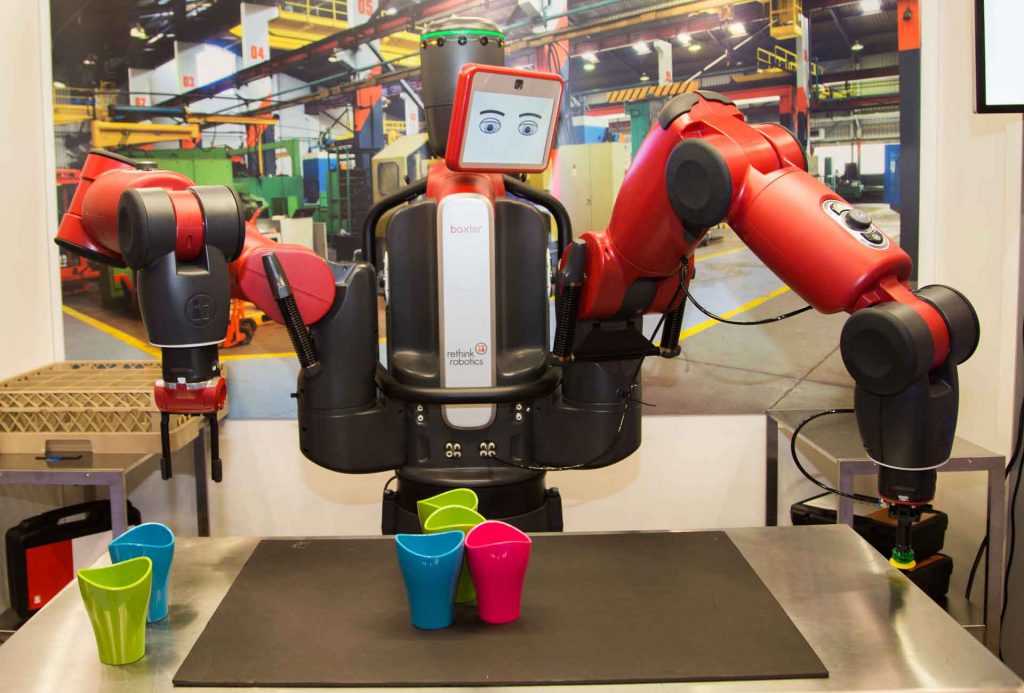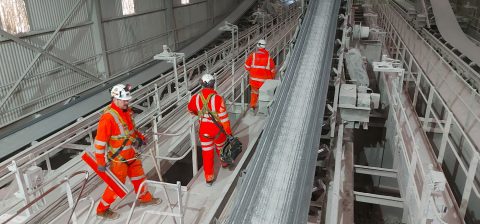Technology, Solutions and Innovations
People Before Machines
You know the promise of digital transformation: digitalise your company and processes and unlock the hidden business value that your data lakes are storing. We’ve been promised this for a decade now, so how come a recent Bain study found that 75 per cent of digital transformation projects were disappointing or failed completely, and only 5 per cent actually achieved or exceeded expectations?
Real change that has a positive effect on company culture and bottom lines is tougher than it seems. And it’s not the technology that is lacking.
“Organisations must do more with less, cut costs and use digital technologies to survive,” says Rakesh Parbhoo, CEO of Westcon Southern Africa. “In a digital age of artificial intelligence (AI), robotic process automation, IoT and machine learning, organisations need to combine the value of the workforce and digital transformation to stay relevant. The agile nature, knowledge and soft skills embedded in human DNA will help organisations successfully navigate a digital disruptive world.”
What digitalisation does, Parbhoo says, it enables people to make better decisions and be more engaged.
“Technology is not designed to replace people, and successful organisations know technology is best used when it enables individuals to better perform their job,” he says. “Enabling people with digital tools will not only improve their job performance, but also demonstrate an investment in the individual. It will encourage them to become more engaged employees that play a key role in shaping a winning culture.”
So, how to achieve the holy grail of technology and culture change? One seminal piece of research by the Boston Consulting Group outlines the Duration, Integrity, Commitment, Effort (DICE) framework. Successful change management occurs, its creators say, “with a short project led by a skilled, motivated, and cohesive team, championed by top management and implemented in a department that is receptive to the change and has to put in very little additional effort”. Failure is assured if it’s “a long, drawn-out project executed by an inexpert, unenthusiastic, and disjointed team, without any top-level sponsors and targeted at a function that dislikes the change and has to do a lot of extra work”.
But here’s the catch: most of the organisations fall somewhere in the middle of these two extremes, so how can you move to the right end of the spectrum?
The Anatomy Of Change
Sbusiso Msomi, founder and CEO of The Msomi Institute, knows a lot about change management. His firm introduces sales-based methodologies and tools to companies. This means dealing with salespeople, a group notorious for protecting what works and maintaining their turf from invaders or disruptors. A major part of introducing such systems is changing the minds and attitudes of people.
He notes that all too often change is only considered when the numbers start to fall. This means that even though organisations can rationally identify a need to change, it doesn’t translate to an emotional level.
“We have had clients that we really struggle with,” Msomi says. “Even though you’d think they would understand what change meant. We’ve had to ask questions such as ‘How can we get them to change so that we can give them what they want?’ Wanting change is easy, but many don’t really understand what they are getting into. They just know they must, so they assume that impetus will take care of everything.”
Sometimes desperation does the trick. In his book The Power of Habits, Charles Duhigg cites the example of Rhode Island Hospital, which remained terminally dysfunctional despite many change efforts. Only when the crisis came to a head, forcing all parties to respond was change realised.
Getting The Balance Right
Clive Donninger, CIO of vehicle and parts distributor Motus Importers, refers to such a situation as a “burning platform”, referencing a 2010 note from Nokia’s CEO to stir change in that company. Motus recognised that to remain competitive, it needed to modernise its processes and tap into companywide data. Donninger and his team deployed a new ERP platform across 128 dealerships and 2 000 users, two months ahead of schedule.
“There is actually a lot of reliable textbook information around change management,” he comments. “I think the mistake is that you try and make all that fit any scenario. You should have a good framework then adjust that accordingly. Some environments are very command-and-control while others are very collaborative. If you fight those cultures, you will lose. But if you set a framework and then modify it to suit the environment things can be managed very effectively.”
To ensure that the new system was taken up and used to improve business processes, Donninger built a team of internal and external stakeholders. Specifically, the change expert from the partner they chose had a desk in his office and worked very closely with him. He did not abdicate responsibility to her, but rather listened closely to her advice.
“It was amazing how little I actually knew about change,” he laughs. Donninger also noted other factors: recognise if the organisation has the capacity for change. If people simply don’t have the time, how can they effectively pursue change? Psychology is key as well: change will be painful and it takes shrewd manoeuvring to identify, convince or remove any people who might act as barriers.
Always An Uphill Battle
AMH ran a large programme including workshops with employees to collaborate over ideas and communicate the overall vision.
Msomi equates change management to Newton’s laws: force will likely meet an opposing force, so anticipate that. Expecting people to just jump on command completely underestimates the complex relationships beneath an organisation’s skin.
Change management often requires big shifts in company culture. But it is possible to smooth the impact by encouraging a pro-change culture. Gavin Moffat’s book, Swimming With Sharks, talks about 100-day plans. In change, “why” is the overriding force, but companies tend to default to “how” and “when” because it seems easier. So Moffat suggests implementing short sprints to create a culture that embraces change.
“The world used to be slower, so you could handle change management as an event. But it’s no longer always singular and once-off. If you want continual improvement, you’ll need a culture that understands the benefits,” he writes.
Yet there has to be finality to a specific change project, otherwise measurements and selling the benefits start to lose steam. Donninger separated change from continual improvement by running two projects: one focused on change management and was finite, the second is ongoing. While the first established the foundations for the new system without disturbing processes too much, the second taps into the good faith and champions generated by the first project to start affecting continual improvement. It also served as a nice ambition for affected parties, who could see the value of completing the change management project and reaching the improvements project.
Many other ingredients are part of a change management recipe, including communication, establishing champions and getting proper buy-in. Frameworks such as DICE offer good approaches. But perhaps the greatest failing of change management projects is when they neglect the most important point of all.
“We tend to forget that technology is just a tool — a tool means that it is created to serve humans,” says Elisabeth Moreno, GM of HP South Africa. “Any tool’s value will depend on the way you use it as a human. So, technology will not have any meaning or purpose if it’s not made for humans. When you speak about change, we have to remember that these changes mainly affect people. So if these changes do affect people, we should put people at the centre.”






 Sign-up and receive the Business Media MAGS newsletter OR SA Mining newsletter straight to your inbox.
Sign-up and receive the Business Media MAGS newsletter OR SA Mining newsletter straight to your inbox.